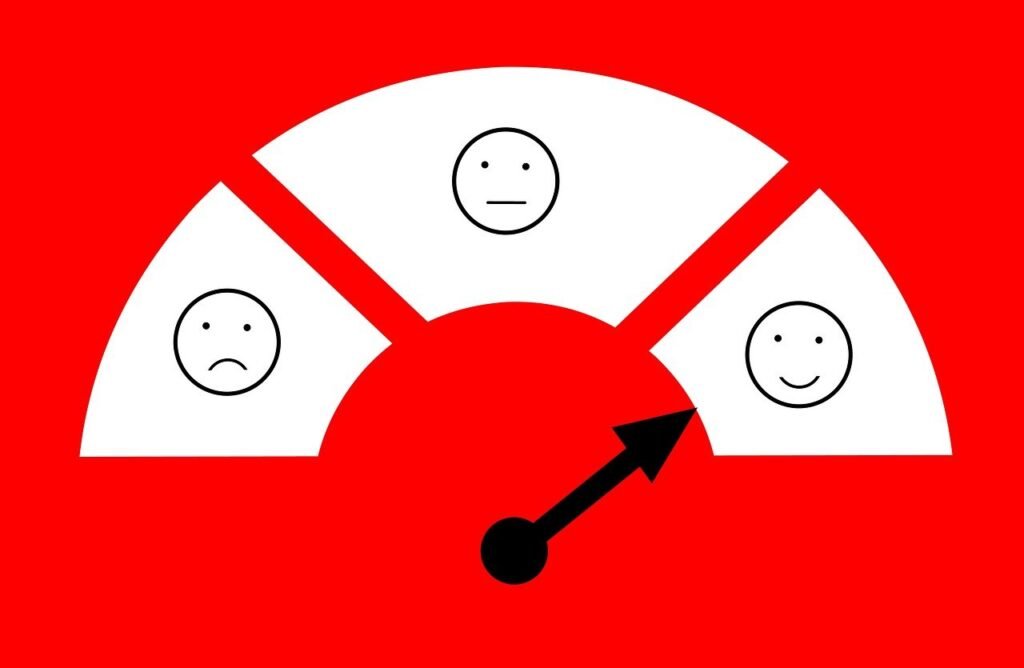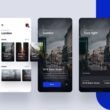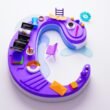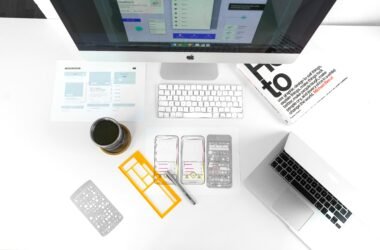Introduction
Design Thinking for Teens is a fun and powerful way to solve problems by focusing on people’s real needs. It’s especially helpful for tackling confusing or complex challenges that don’t have clear answers.
Instead of guessing, design thinking helps you:
1. Understand the problem from a human perspective
2. Explore different angles and perspectives
3. Generate creative and bold ideas
4. Build and test to find what works
Why learn design thinking? You can use it in school, your community, or even the world to solve real-life problems!
How Design Thinking Works
Design thinking is not a straight line—it’s a flexible and repeatable process. Different people break it down differently, but one of the most popular versions comes from Stanford’s d.school.
This version has five key stages:
- Empathize
- Define
- Ideate
- Prototype
- Test
🎯 You don’t have to be a designer to use design thinking—it’s for anyone who wants to create better solutions.
Stage 1: Empathize – Understand Your Users’ Needs
Start by getting to know the people you’re designing for. Don’t guess—research and connect with them!
1. Talk to experts and users
2. Observe how they live, work, and play
3. Step into their shoes to feel their emotions and challenges
Empathy = Seeing the world through someone else’s eyes.
Without empathy, your solution might completely miss the mark.
🎯 Your goal: Understand who your users are, what challenges they face, and why those challenges exist.
Example: Netflix
Netflix started by renting DVDs. But users hated waiting for them and dealing with return deadlines. By empathizing with users, Netflix shifted to a streaming model—a faster, easier experience.
Stage 2: Define – Identify Your Users’ Needs and Problems
Now, make sense of what you learned in the Empathize stage.
Create a clear, user-focused problem statement.
- Don’t do this: “We need to increase market share.”
- Do this: “Teen girls need healthy food options that are tasty and fun to eat.”
🎯 Focus on what the user needs, not what your company wants.
Ask questions like
“How might we help teen girls make healthier food choices?”
Example – Uber
Instead of focusing on profits, Uber asked:
“How can we provide convenient, affordable, and reliable transportation?”
That led to the ride-sharing model we use today.
Stage 3: Ideate – Think Creatively and Generate Ideas
Time to let your imagination go wild!
Now that you understand the user and have defined the problem, start generating as many ideas as possible.
Tips for creative thinking:
- Brainstorm (no idea is too crazy)
- Brainwriting (write silently, then share)
- “Worst Possible Idea” (then flip it!)
- SCAMPER technique
🎯 The more ideas, the better! Some may not work—and that’s okay.
Example – IKEA
IKEA wanted to solve the problem of expensive shipping and hard-to-move furniture.
Solution? Flat-pack furniture—cheap to ship, easy to carry, and fun to build!
Stage 4: Prototype – Bring Your Ideas to Life
Now turn your ideas into something real and testable. Think of it as building a mini-version of your idea.
Your prototype should:
- Be quick and low-cost
- Focus on core features
- Be something you can show and get feedback on
🎯 This is where you start learning what works—and what doesn’t.
Example – Google Glass
Google tested early versions of its smart glasses with real users.
Though the final product didn’t succeed, prototypes helped refine the idea and show what needed improvement.
Stage 5: Test – See How Your Solution Works in Real Life
Finally, test your prototype with real users! Watch how they interact with it, ask for feedback, and look for pain points.
Why Testing Matters:
- You see how users actually behave
- You find surprises—what works and what doesn’t
- You improve the design before it goes live
🎯 Testing often leads back to earlier stages. And that’s OK!
Example – Airbnb
Airbnb learned that bad listing photos were hurting bookings.
By sending professional photographers, they increased user trust and bookings. Simple change, BIG impact!
✨ Real-Life Success Stories
Airbnb: Better Photos, Better Bookings
- Problem: Poor-quality listing photos = low bookings
- Empathy: Founders visited hosts to understand the issue
- Solution: Offered free professional photos
- Result: Bookings skyrocketed, trust increased, and Airbnb became a global brand
IDEO: Shopping Cart Reinvented
- IDEO’s team watched real shoppers and found pain points like child safety and cart clumsiness
- They brainstormed, prototyped, and tested new designs
- Final design: safe, lightweight, and easy-to-maneuver carts
Key Takeaways in Design Thinking for Teens

1. Start with empathy
2. Solve the right problem
3. Be bold—try new ideas
4. Test and improve continuously
5. Design for people, not just products
Also read “Understanding design thinking in UI/UX“










